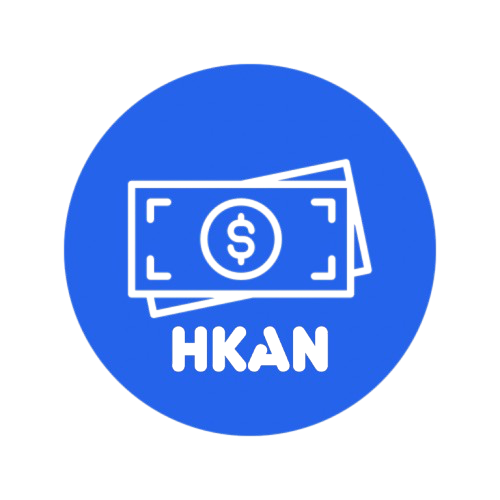Trading Classroom Lesson 8: Trading Strategies & Styles
📘 Introduction
Trading isn’t one-size-fits-all. The best trading strategy for you depends on your personality, time availability, and risk tolerance. Some traders thrive on fast-paced action, while others prefer holding positions for weeks.
In this lesson of the Trading Classroom, we’ll explore the most popular trading strategies and styles, explain how they work, and help you find the one that best matches your psychology.
📈 Trend Following Strategy
Trend following is one of the oldest and most successful strategies.
-
Concept: “The trend is your friend.” You trade in the direction of the market.
-
Tools: Moving Averages, Trend Lines, MACD.
-
Example: If Bitcoin is above its 200-day moving average and making higher highs, you buy dips.
👉 Best for: patient traders who like riding long moves.
🔄 Mean Reversion Strategy
Mean reversion assumes that prices return to their average value over time.
-
Concept: Overbought markets fall, oversold markets rise.
-
Tools: RSI, Bollinger Bands, stochastic oscillator.
-
Example: If EUR/USD spikes far above its Bollinger Band, you short, expecting it to “revert to the mean.”
👉 Best for: traders who like high-frequency trades and quick reversals.
🚀 Breakout Strategy
Breakout traders look for strong moves beyond key levels.
-
Concept: When price breaks resistance or support, volatility explodes.
-
Tools: Horizontal support/resistance, volume, ATR (Average True Range).
-
Example: Gold consolidates between $1,900–$1,950. If it breaks above $1,950 on strong volume, you buy.
👉 Best for: aggressive traders who like momentum and volatility.
⏳ Trading Styles by Timeframe
Your trading style isn’t just about the strategy — it’s also about the timeframe you trade.
🔹 Scalping
-
Very short-term, seconds to minutes.
-
Dozens of trades daily.
-
Focus on small profits, high frequency.
👉 Requires speed, focus, and low spreads.
🔹 Day Trading
-
Trades last minutes to hours.
-
All positions closed before the day ends.
-
No overnight risk.
👉 Best for full-time traders with time to monitor charts.
🔹 Swing Trading
-
Trades last days to weeks.
-
Fewer trades, bigger moves.
-
Combines technical and fundamental analysis.
👉 Best for part-time traders who want balance.
🔹 Position Trading (Long-Term)
-
Trades last weeks to months.
-
Based on macro trends & fundamentals.
-
Rare trades, but big rewards.
👉 Best for investors with patience.
🤖 Algorithmic & AI-Driven Trading
Technology has changed trading forever.
-
Algorithmic Trading: Using automated systems to trade strategies without emotions.
-
AI-Powered Trading: Using machine learning to spot patterns and predict probabilities.
👉 On HKAN.trade, you can combine AI predictions with real-time charts, helping you trade smarter and test strategies quickly.
🧠 Matching Strategy to Psychology
The best strategy isn’t the “most profitable” — it’s the one that fits your mindset.
-
If you hate stress → Swing Trading or Position Trading
-
If you love action → Scalping or Day Trading
-
If you like structure → Trend Following
-
If you like fast turnarounds → Mean Reversion
-
If you trust data → Algorithmic & AI-driven trading
👉 Self-awareness is the key. A strategy you can follow consistently is always better than the “perfect” strategy you can’t stick to.
📌 Conclusion
There are many trading strategies and styles, but success comes from finding the one that suits your psychology, lifestyle, and risk tolerance.
-
Trend Following → ride big moves.
-
Mean Reversion → trade reversals.
-
Breakouts → catch explosive moves.
-
Scalping, Day, Swing, Position → choose your timeframe.
-
AI & Algorithmic → trade smarter with technology.
👉 Use HKAN.trade for candlestick charts, historical price data, and AI predictions to test which strategy works best for you.
Next up: Lesson 9 – Journaling & Performance Tracking, where we’ll show you how to measure and improve your trading results like a pro.
💬 Comments
No comments yet. Be the first!
Please log in to post a comment.
